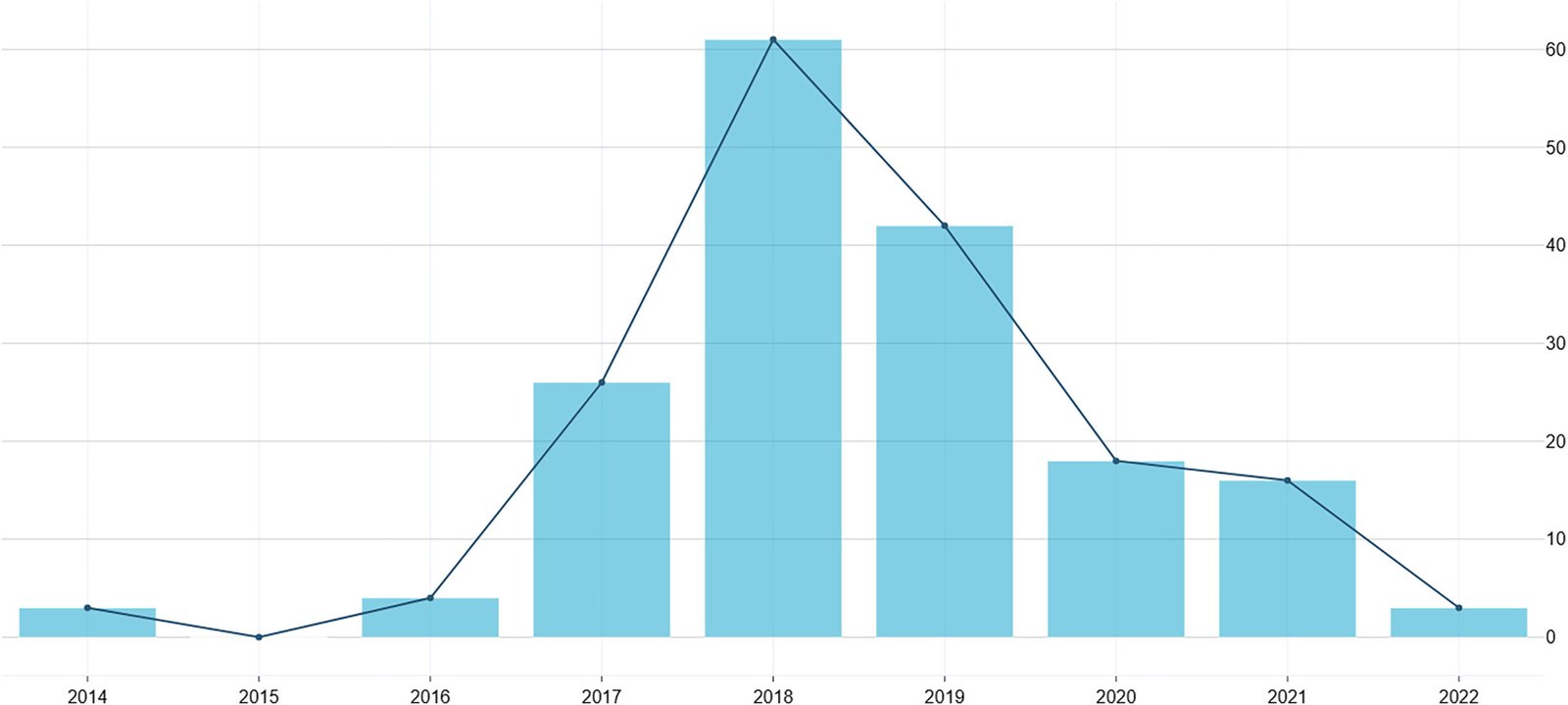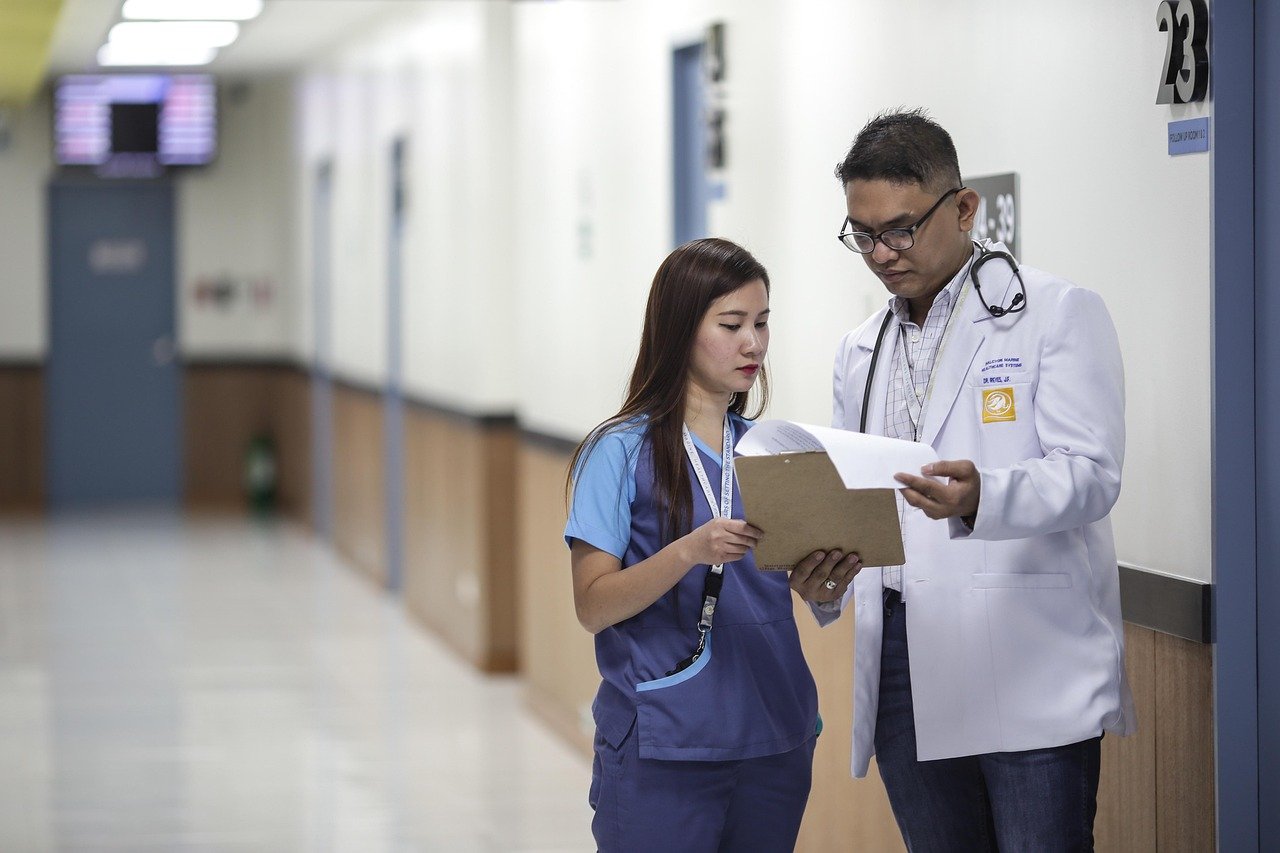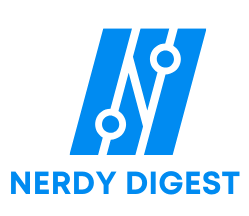A Shocking Turn: When AI Sees What Doctors Don’t

Imagine sitting in a doctor’s office. You’ve just been told that your mammogram looks normal, and you breathe a sigh of relief. Weeks later, an AI system re-examines your scans and spots a tiny, suspicious shadow that was missed. The news is shocking—AI just found a cancer that even the experts overlooked. This scenario isn’t science fiction; it’s happening right now in hospitals around the world. The idea that a machine could “see” what a trained human eye cannot is both inspiring and unsettling. It makes you wonder: are we truly ready to let artificial intelligence have a say in something as life-altering as a cancer diagnosis? The emotional stakes could not be higher.
The Unstoppable Rise of AI in Healthcare
Artificial intelligence is quickly weaving itself into the fabric of modern medicine. Hospitals are flooded with patient data—X-rays, MRIs, genetic tests—and AI thrives on this information. With each scan it analyzes, the technology gets smarter, learning to spot patterns and subtle changes that might escape even the most skilled doctors. Recent breakthroughs have seen AI flagging cancers earlier and sometimes more accurately than human clinicians. There’s something awe-inspiring about a technology that never gets tired, never misses a lunch break, and never lets its guard down. As AI cements its presence in diagnostic rooms, it’s turning the traditional doctor-patient relationship on its head.
Real-Life Showdowns: AI vs. Human Expertise
In the real world, the competition between AI and doctors isn’t just hype. In one study, an AI model achieved a sensitivity rate of 94.6% in detecting breast cancer from mammograms, while seasoned radiologists scored 88.0%. That’s not a small difference—it could mean the world to someone whose life depends on early detection. In other cases, AI has flagged lung nodules and skin lesions that were overlooked by humans. These stories are both inspiring and humbling, revealing the power of technology to back up, and sometimes outshine, even the best-trained eyes. But these victories also raise the question: can a machine ever truly replace the wisdom and intuition of a human doctor?
How Accurate Is AI Really?
The numbers behind AI’s performance are impressive, but accuracy isn’t just about getting the right answer most of the time. AI systems have been shown to match or even beat oncologists in spotting certain cancers. Still, they’re far from perfect. False positives—when AI cries wolf and there’s no danger—can cause unnecessary anxiety and invasive follow-ups. False negatives, where AI misses the real threat, are even more dangerous. This makes it clear that while AI can be a powerful ally, it’s not a magic bullet. The challenge is figuring out when to trust the machine and when to trust the human.
The Ethics of Letting AI Decide

Handing over life-and-death decisions to machines raises a tangle of ethical questions. Who’s responsible if AI gets it wrong? What happens if the data it learned from is biased, making it less accurate for certain groups? Patients need to know their information is safe, and that AI isn’t making decisions based on flawed or incomplete data. These concerns aren’t just academic—they’re deeply personal. People want reassurance that the algorithms are fair, transparent, and subject to real oversight. Building trust means confronting these issues head on, not sweeping them under the rug.
Doctors and AI: Better Together?

Rather than replacing doctors, AI is more like a supercharged assistant. Imagine having a second opinion that never sleeps, combs through mountains of data in seconds, and points out things even the pros might miss. But at the end of the day, humans have the final say. Doctors interpret the results, talk with patients, and weigh in on treatment options. It’s a partnership, not a takeover. When AI and doctors work together, the odds of catching diseases early and treating them right go way up. The best of both worlds is possible—if we get the balance right.
What Patients Really Think About AI Diagnoses
People’s reactions to AI in medicine are all over the map. Some are excited, believing technology will finally put an end to missed diagnoses and medical errors. Others feel unsettled, unsure whether a machine can really “understand” what’s at stake. For many, it’s about trust—can you put your life in the hands of an algorithm? Education helps; when patients learn how AI works and what its limits are, the fear tends to fade. But the emotional side of medicine can’t be ignored. In the end, trust is built one patient, and one diagnosis, at a time.
The Ever-Evolving AI Toolbox
AI isn’t standing still. Engineers and doctors are constantly improving the algorithms, feeding them more data, and teaching them to spot new types of cancer. The hope is that, one day, AI could help design treatment plans tailored to each patient’s unique biology. This kind of personalized medicine could be the next big leap. But every advance brings new challenges—more data means more chances for mistakes, and more need for careful oversight. The AI toolbox is growing, but so are the responsibilities that come with it.
When Trust Is Put to the Test

Trusting AI with something as critical as a cancer diagnosis isn’t just a technical decision—it’s an emotional leap. For families facing a life-changing diagnosis, the stakes are enormous. There’s fear, but also hope: maybe this new technology will catch what others missed. Personal stories from patients who had their lives saved by an AI-detected diagnosis can be powerful and persuasive. But it only takes one high-profile mistake to shake confidence. Trust, once broken, is hard to rebuild. It’s a fragile thing, shaped by every success and every failure.
The Human Side of the AI Revolution
Behind every scan, every algorithm, and every diagnosis, there’s a person hoping for good news. AI might be able to analyze data at lightning speed, but it can’t hold a hand or offer comfort. The human side of medicine—the empathy, the connection, the ability to explain complex choices—still matters just as much as accuracy. Maybe the real question isn’t whether we’re ready to trust AI, but how we can use it to make healthcare more human, not less. After all, when it comes to something as personal as cancer, technology should serve us, not the other way around.

